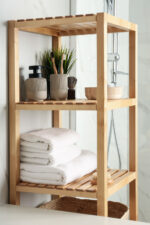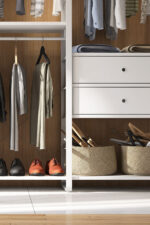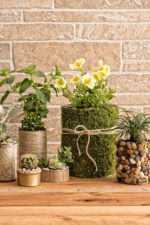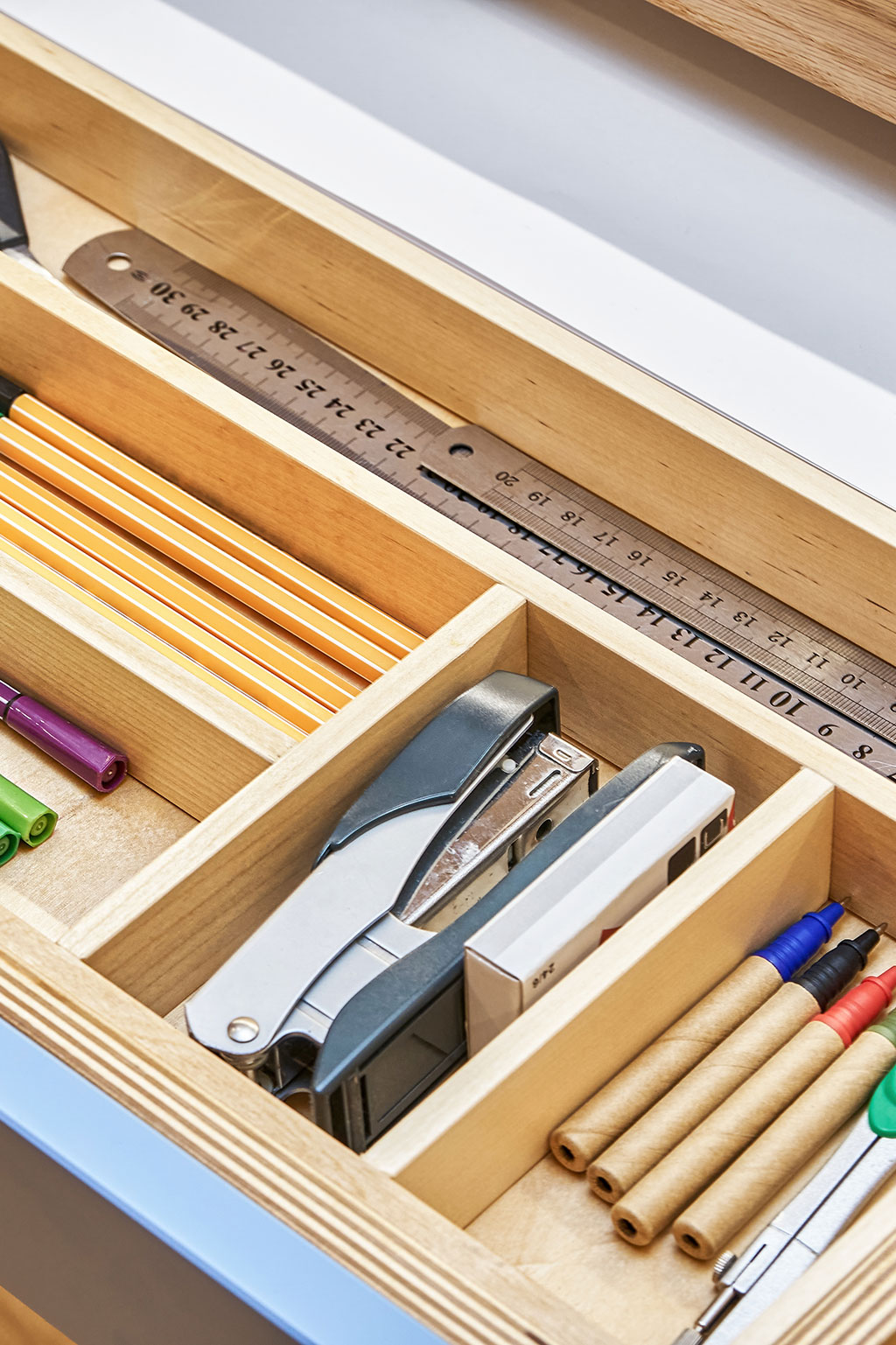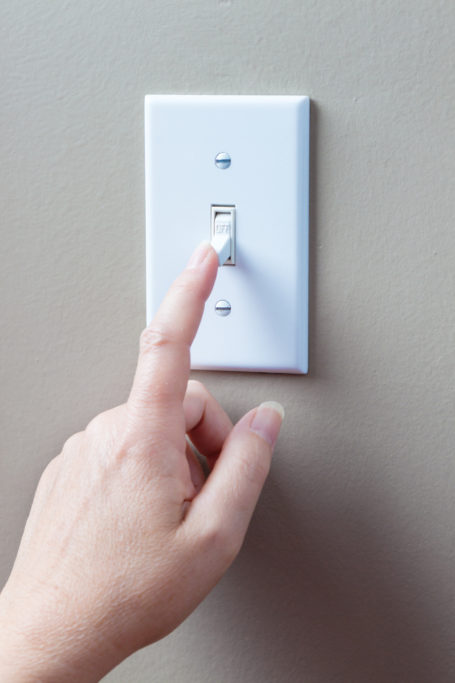Organize Your Junk Drawer
We all have that one cubby in the kitchen, living room, or office where random items pile up—old receipts, loose batteries, spare keys, rubber bands, pens that don’t work, and much, much more.
Yes, it’s the notorious junk drawer: an easily overlooked space that can get unnecessarily messy and contribute to a feeling of chaos in your home. If you’re looking to declutter, reduce stress, and create a more productive environment, organizing yours is a great place to start.
The most common items to keep
First things first, it’s important to go into this project with a clear idea of what you want to achieve. As the name indicates, a junk drawer often becomes a handy place to toss just about any random item you want to keep but don’t know where else to put. Instead, plan it thoughtfully as a singular space for basic essentials to ensure that you have easy access to them as needed. These are some common ones to consider:
- Spare batteries (but make sure they’re still good!)
- Pens and pencils
- Scissors and tape
- Spare keys for your house, car, and other important locks
- Rubber bands and paper clips
- Small tools such as a screwdriver and Allen wrench set
- Phone chargers
- Flashlight
Now that you have an overview of what you might keep in your junk drawer, here’s how to go about cleaning it out and putting it together more optimally.
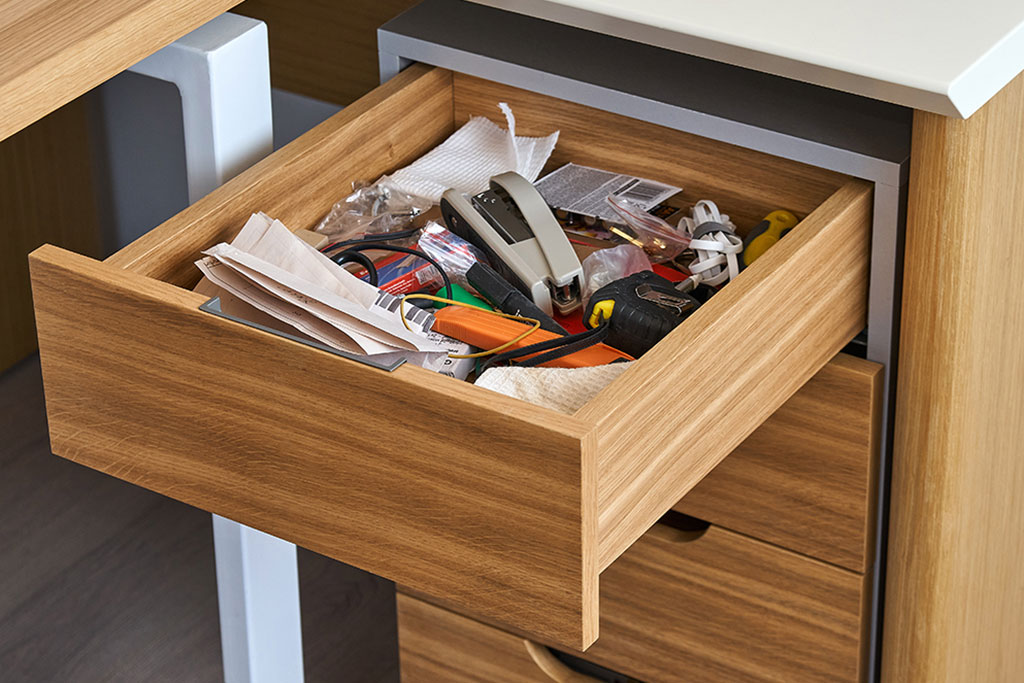
Step 1: Empty it completely
Before you can organize, you need to assess the situation. Remove everything in the drawer, setting it on a flat surface to get a clear view of what’s inside. You may be immediately surprised at how many items are truly unnecessary or redundant—this realization in itself may break you free from the mindless accumulation of odds and ends.
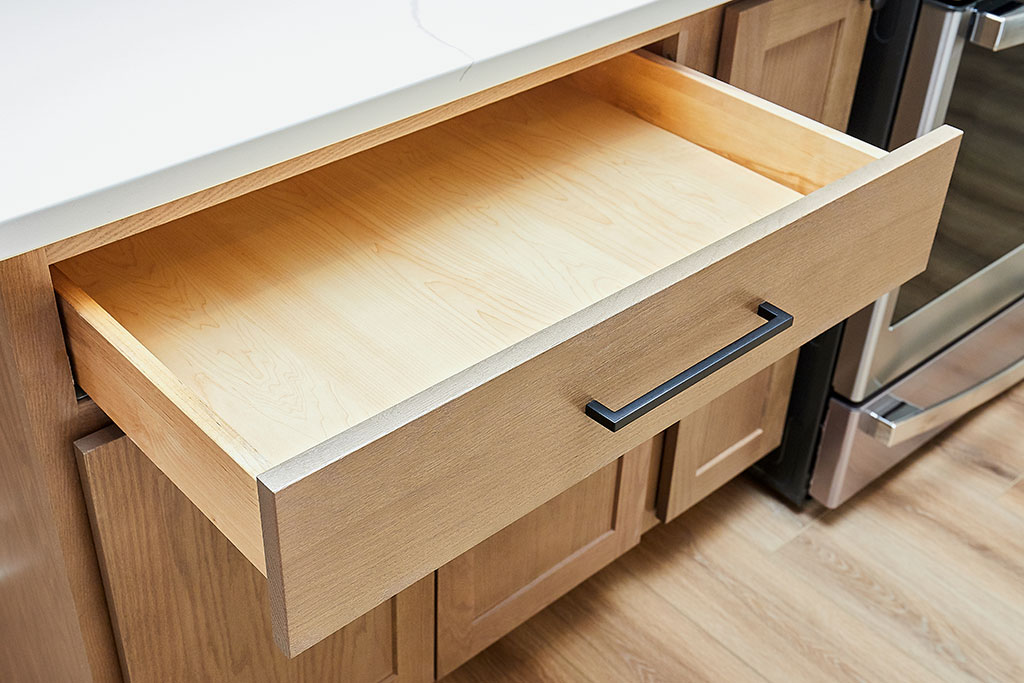
Step 2: Sort and categorize the items
As you go through the contents, group everything by type. For instance, office supplies like pens, paper clips, and tape can go in one pile, tools like screwdrivers and batteries in another, and papers like receipts and bills in a third. When you find something that is broken or expired, don’t hesitate to toss it. Then be ruthless, asking yourself whether you truly need each of the remaining items at all. If you haven’t used a certain one in months (or ever), it’s time to let it go.
Step 3: Reorganize intentionally
Once you’ve sorted through the junk, get creative with how to organize what’s left. For items that fit in the same category, use storage solutions to keep them contained and separate from unlike objects. Consider these options:
- Small containers for paper clips, rubber bands, and spare keys
- Clear plastic boxes to group similar tools or batteries together
- Dividers for overall neatness and to make it easy to locate what you need later
Regarding the latter point, labeling can also help you quickly spot an item, especially if you choose holders with lids. If you find that your drawer is still overcrowded after this step, take a second look to see if anything else can be donated, recycled, or disposed of.
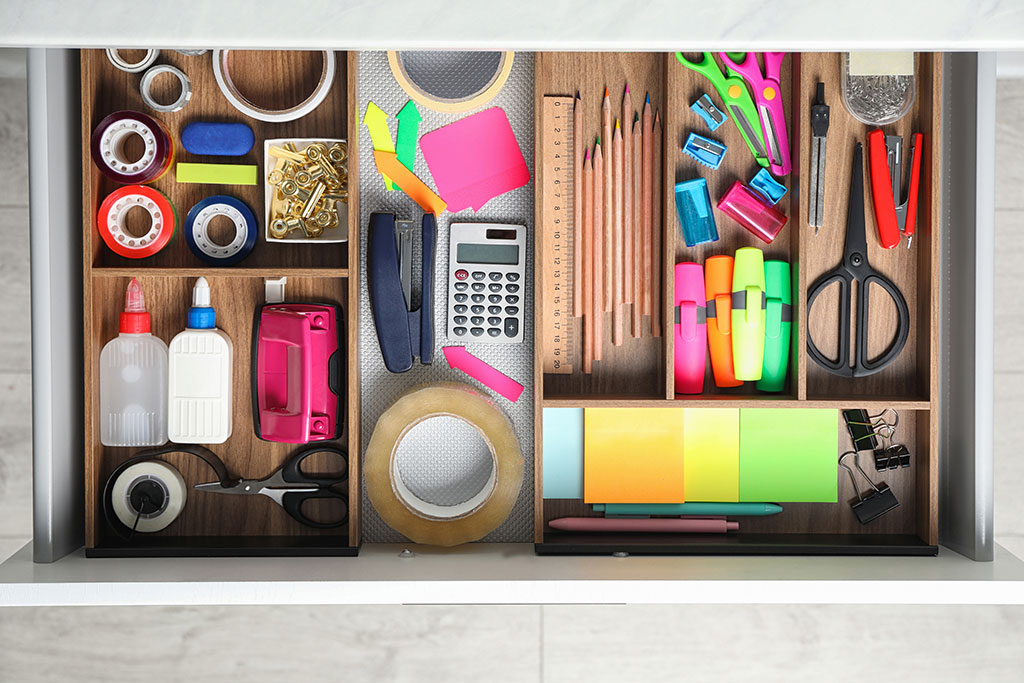
Step 4: Maintain the order
Now that you’ve got everything tidy, resist the urge to fall back into the habit of using your junk drawer as a hub for small, loose objects. Going forward, be intentional about the contents by making it a rule that only essential items can be added. If something doesn’t serve an immediate purpose, find a designated place for it elsewhere in your home.
Of course, it can still be easy to mindlessly slide in a utility bill for later as you’re cleaning or a chip clip as you’re grabbing a snack. To help ensure that these little slips don’t get out of hand, consider setting a reminder once a month to do a quick check and clean-up. A few minutes of maintenance can prevent your drawer from becoming a catchall once more.
An alternative solution
After cleaning everything out and sorting through the contents, you may find that you no longer need the junk space at all. So why not repurpose it for something more functional? Rather than make it home to your essential yet rarely used items, you could designate it as a themed storage spot. For instance, turn it into a charging station by drilling a hole in the back and feeding the cables out to an outlet, keeping your counters clear of devices. Or make it a hub for all your tools, first-aid supplies, or important paperwork—just be sure to keep it neat.
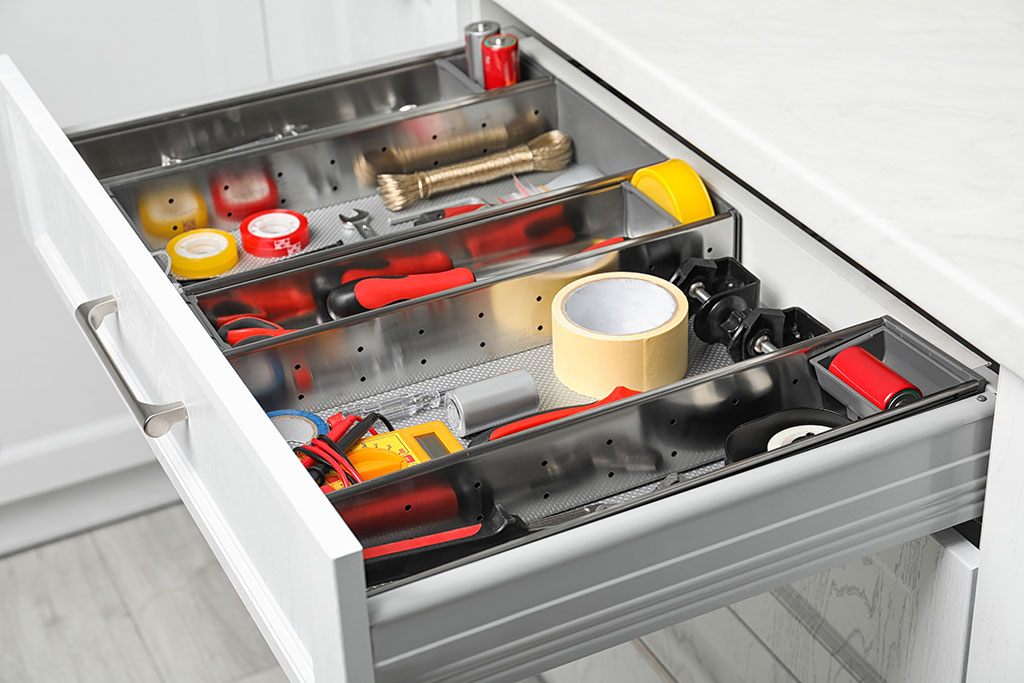
The junk drawer can be a source of frustration if left unchecked. But with a little time and effort, you can transform it into an orderly area that contributes to a cleaner, more peaceful home. You’ll be amazed at how big a difference this simple act can make in your day-to-day life.



